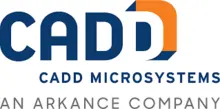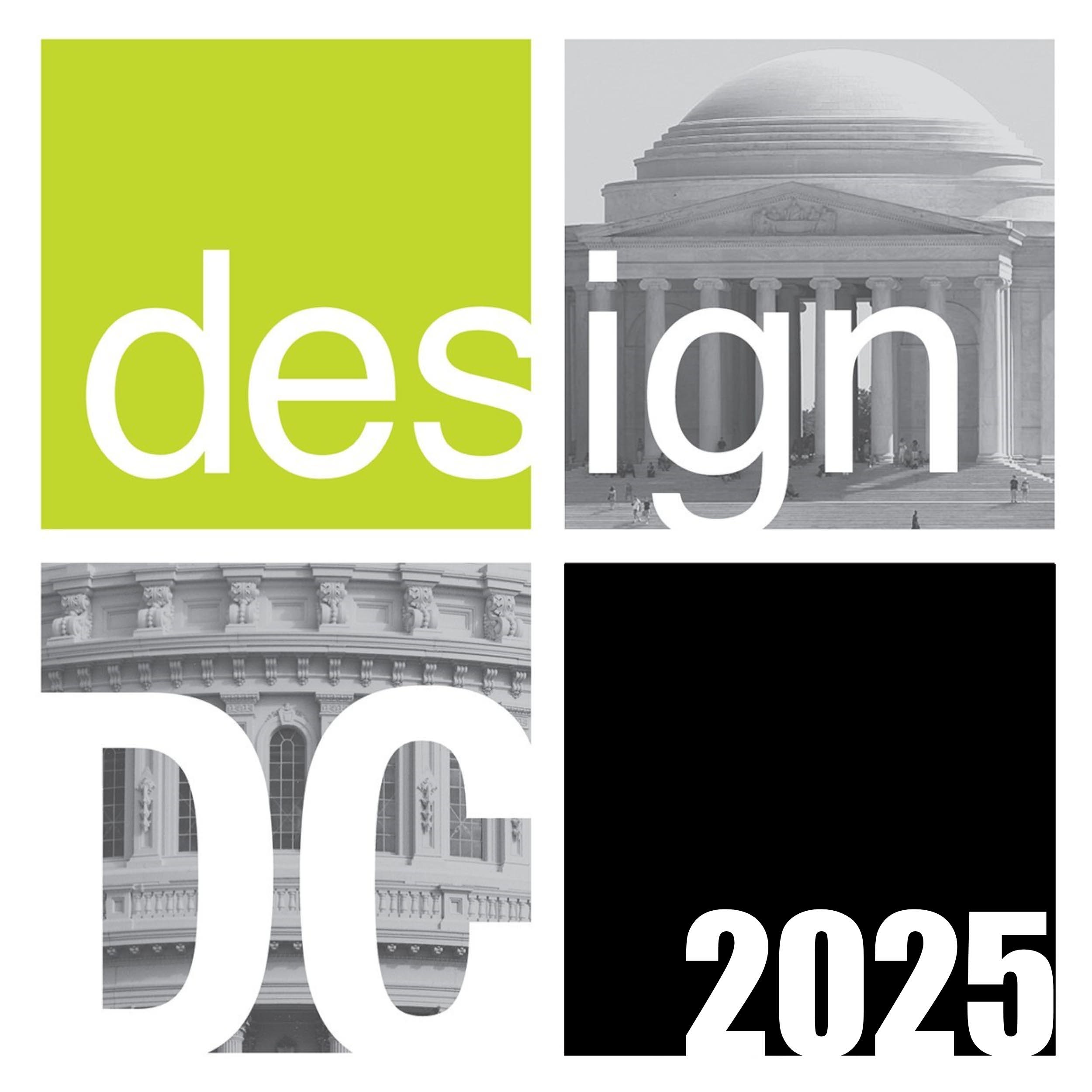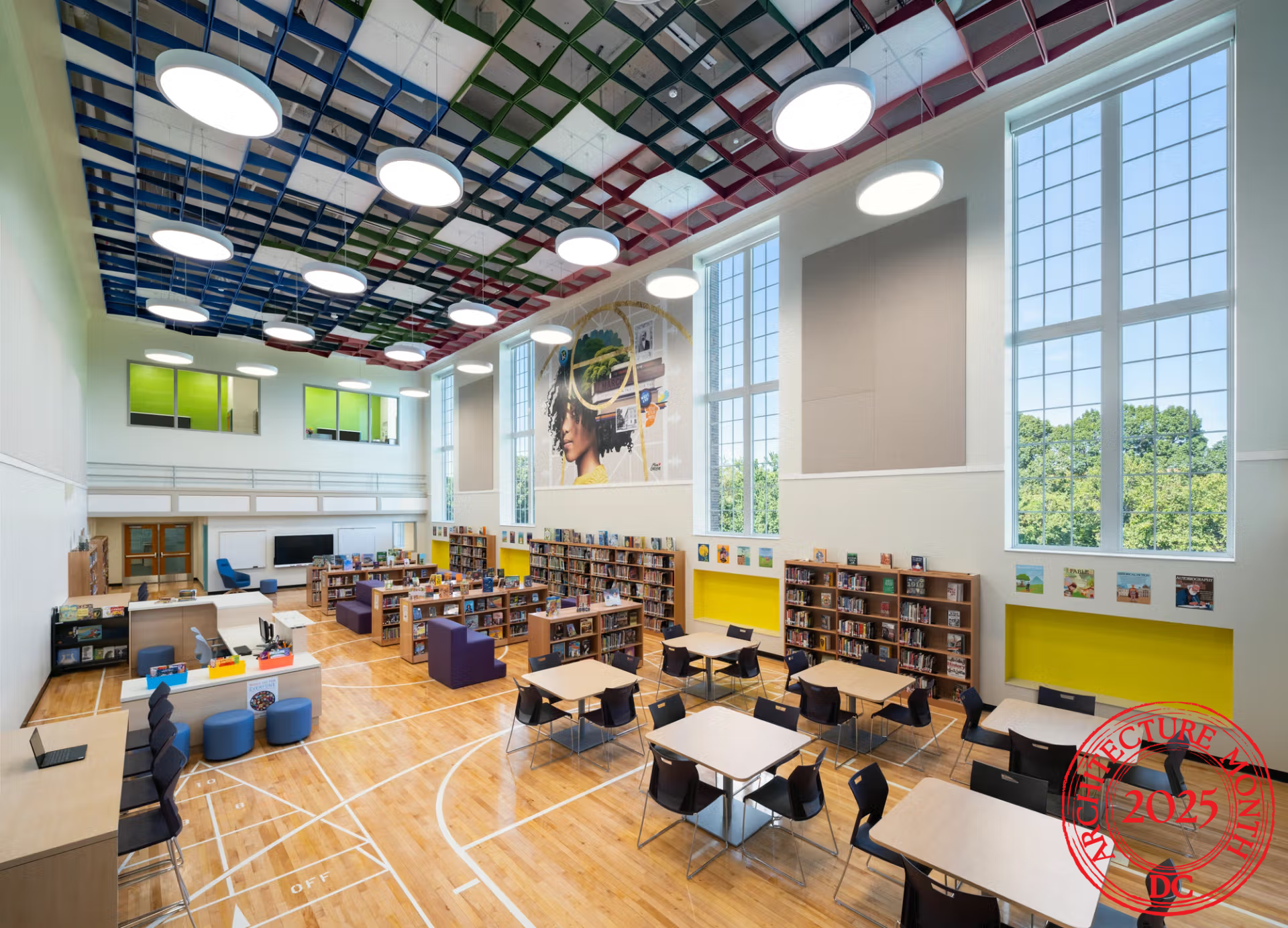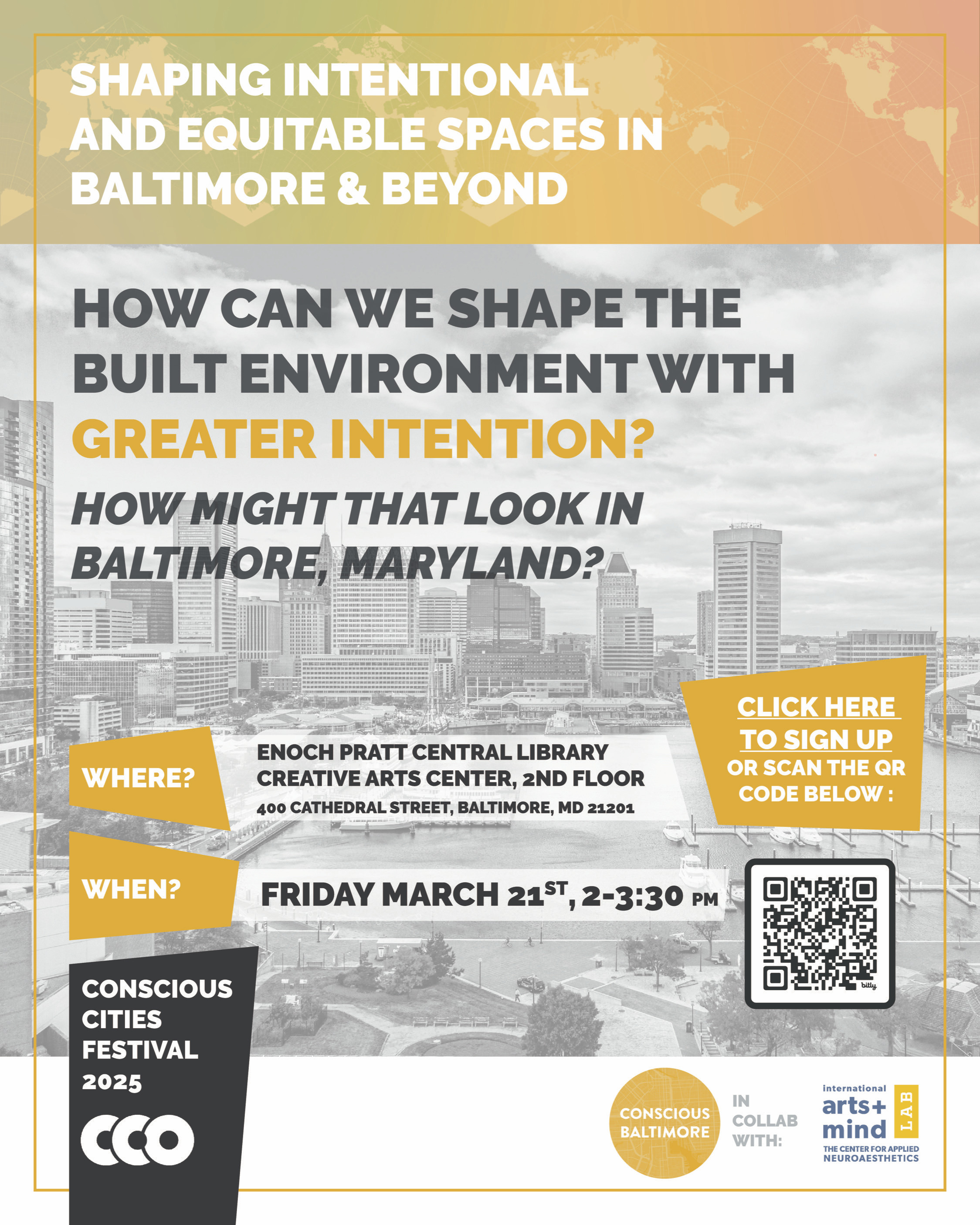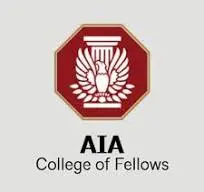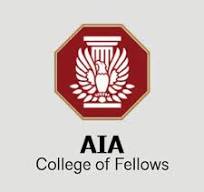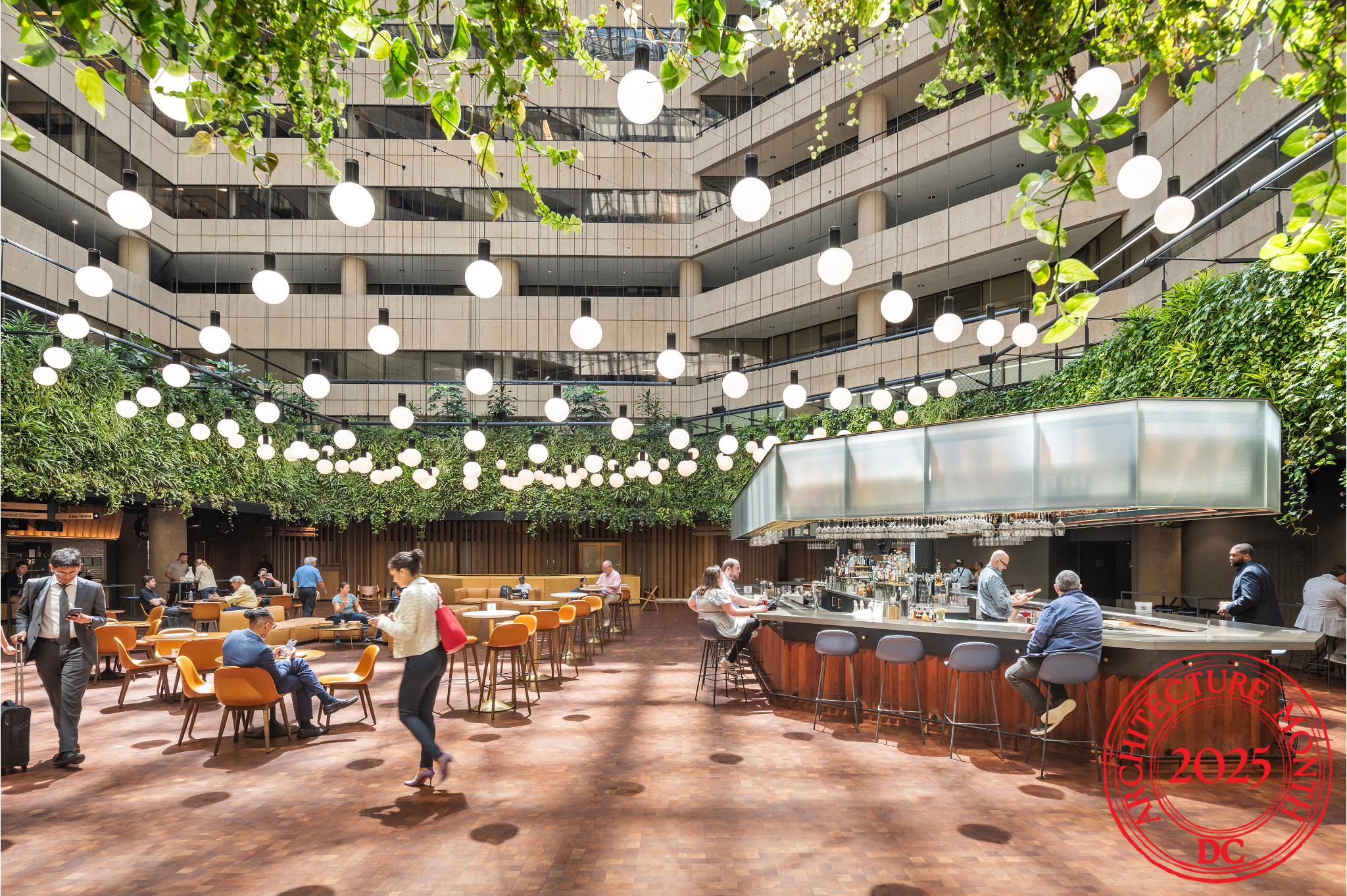-
Date
Friday, April 25 2025
-
Time
12:00pm - 1:00pm
-
Location
Virtual
Construction teams are using virtual design and construction processes to improve traditional workflows. Many of these tools help to open the door for more collaboration in the design and construction process. In this presentation, we will take an in-depth look into coordination software, techniques, and workflows. Model coordination goes beyond just clash detection, as a building’s mechanical, plumbing, electrical, and fire protection systems are examined closely through several means to ensure the finished product will maintain the architectural integrity and meet code requirements. We will review a typical process by examining how model data is gathered, verified, reviewed, and used, and how potential issues are solved in a collaborative space.
Learning Objectives:
- Examine BIM Coordination goals for a project.
- Identify the steps taken by a general contractor during model coordination to review code and maintenance requirements.
- Recognize the unique needs of modeling mechanical, electrical, and plumbing systems in construction.
- Analyze the use of visualizations from construction model data to enhance the building user’s experience.
HSW Justification:
The intent of the session is to give designers a more complete understanding of the virtual design and construction processes used by construction teams, so that they can be a collaborative participant. Using these processes, potential issues can be resolved.
Presented by:
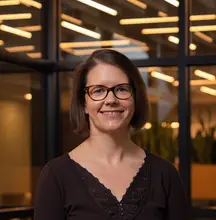
Laura Hanyok, AIA, CM-BIM
Laura Hanyok has implemented and supported technology in building design and construction for twenty years in a variety of roles. She worked as a practicing architect for over a decade before taking her design perspective into a virtual design and construction role with a general contractor. Laura now works as a Construction Consultant for CADD Microsystems. Laura uses her industry experience to help others utilize technology to create collaborative environments for successful projects.
Sponsored by:
